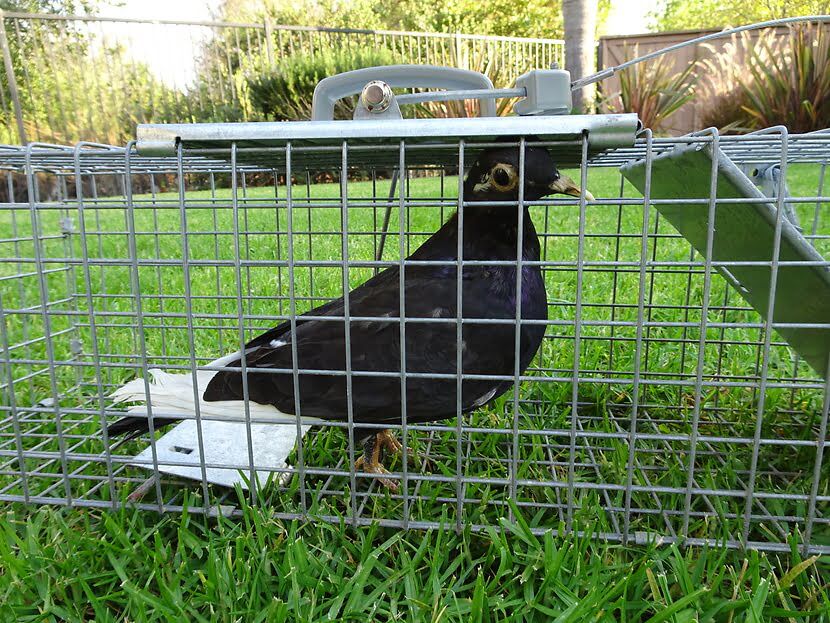
Birds in the attic are a problem and a half, aren't it? The biggest problem faced by property and homeowners that have a pest control problem in the upper levels of the building is that those upper levels are seldom visited. They're not checked-over regularly, and this allows very small patches of damage to get a lot bigger, and this in turn then allows for a number of things to get in. Rain is one of them. Pest animals are another. Neither are pretty scenarios to face. Nor are they cheap to put right again.
There are multiple factors to take into account with a bird-related issue in the attic. To start with birds have amazing memories, will probably always remember your house, and you'll need to secure it similarly to Fort Knox in order to prevent them from getting access in a couple of years, once they've been turfed out of yet another roosting spot. (It happens a lot when you're a bird because no one wants you around.)
Combine a great memory with the flying abilities of a bird-superhero, and you can't relocate these pests either. It's not like you can drive them a few miles down the road and then release them, safe in the knowledge that they won't be able to find their way back home and even if they were to try, they probably wouldn't get very far before nature worked its magic. If you release birds ten miles away from your home, they'll probably be right back at your home before you are. They can fly HUNDREDS of miles in a single day, and a migratory path could see them travelling THOUSANDS of miles. It's much further than you could ever travel to try and relocate them, so relocation is just not an option. (Unless you're looking at a bird loft, which only works with much larger properties.)
Now bear in mind that birds often live in places where other, smaller bird and pest species are flying around. This can include starlings, which only require a hole of around one inch around to gain access, and sparrows, which need a smaller hole — only around three-quarters of an inch. The smaller birds are going to make smaller holes bigger with all the to-ing and fro-ing, and this then leads the way for bigger birds to get in. Annoyingly, you can't really use the same items to prevent birds getting in or roosting as you can for sparrows and starlings.
A full investigation of your attic will be required to find every single little nook and cranny that the birds are gaining access through, and these should be sealed properly. Caulk can work well, but you may need to tailor your approach depending on where the holes are, as well as how aesthetically pleasing you want the end result to look.
If there are broken parts, such as loft openings, eaves, vents, siding, etc., repair them. Wood can be used in certain spots, and you can also combine wood with other materials, such as netting or wire mesh. The netting/wire mesh idea can work for difficult spots that the birds find their way into, and wire wool used with them can act as a "stuffer" material should you need it.
You will also need to take a look at the attic from an outdoor perspective. If you see a lot of birds on your roof, for example, you should consider adding netting or bird spike strips to keep them from being able to land there again. The same approach can be taken to most areas at the top/upper levels of the building, although balconies and similar may need a little tweak or two to the approach. We don't recommend using anything that is liquid, gel or granule-based, as these very rarely work to actually repel the birds, and certain materials can also interfere with the feathers of the birds, making it impossible for them to fly away even if they wanted to. This then, of course, makes them vulnerable to predators ... including your domesticated dog and cat. This might sound like a dream outcome, but when you look at the many diseases and parasites that birds, bird carcasses, bird nests, and even bird droppings can carry, you'll probably want to reconsider your approach. The preferable outcome here is one that doesn't result in tens or hundreds of dead birds lying around the place.
Other steps are simple and common sense-based, such as removing all food sources or potential food sources, and making roosting or landing areas much more unattractive. Look at the spots that the birds are having fun in and make the area impossible to have fun in. Eventually, you'll have a property that birds can't land in, and when they can't land there, they'll no longer be a problem.
Go back to the pestcontrolbird.com home page.
Copyright 2021 - pestcontrolbird.com
Nationwide Bird Control